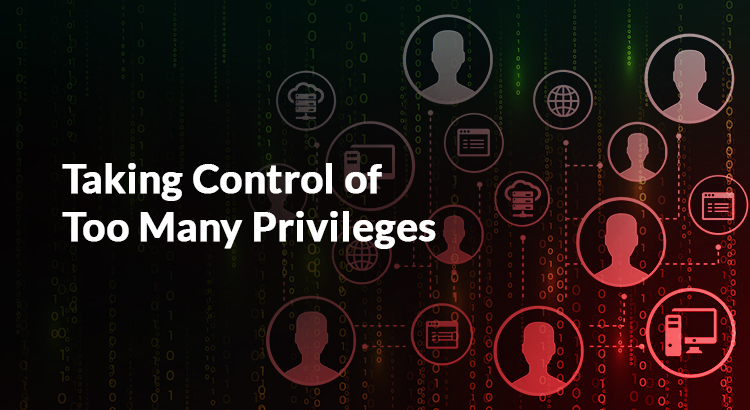Innovation spurs growth. And to achieve growth, global organizations essentially require to cultivate IT ecosystems that enable them to collate, comprehend and manage an increasing amount of data.
This shift, however, has led to a gradual expansion of the IT infrastructure. There are a greater number of devices, OSes, end-users, software applications, data hosting platforms that exist now in a typical IT set-up.
Subsequently, an IT infrastructure transforms into a multi-layered structure, comprising of many IT elements — both on-cloud and on-premises, resulting in an increased number of privileged identities – holding access keys to highly classified and sensitive data.
So, what does Privileged Mean?
The ability to manage and control critical IT functional areas is called Privileged in IT terminology. A user with administrative capabilities will have complete or near-complete authority over the system.
Resultantly, securing these critical IT assets become increasingly important amid increasing cyber-attacks from compromised insiders and malicious third-parties.
However, organizations have always struggled to establish control over too many identities, especially the privileged identities, a problem that has caused large data breaches. One of the reasons is that a Privileged Identity Management or Privileged Access Management is a complex task without an automated PAM solution.
Complex privilege identity management is often a deterrent for a security team to provide access to multidimensional teams which results in excessive privilege assignments.
So, what exactly means “too much privileges” or “over-privileged identity”?
These are identities that have far more privileges than are required to carry out the tasks that have been given to them. An obvious example of an over-privileged identity is a user login account that only needs access to the local file system but contains PC or network admin permissions. Excessive Privileges can include the capacity to successfully modify or even eliminate crucial portions of the infrastructure itself.
Likewise, a cloud-based user that has been given unnecessary privileges can have very dangerous IT consequences.
But what makes managing privileged identities so challenging?
A combination of cumulative “privilege tasks” for individual privileged accounts, increase in the number of privileged identities, and lack of appropriate record-keeping (segregation of privileged users based on roles and responsibilities) typically results in too many privileges. erotic massage body rub nyc near me
Risks arising from excessive privileged entitlements?
- No control over shared user access across enterprise
- Excessive privilege assignment for least critical activities
- No control over activities of third-party staff
Segregating & Securing Privileged Identities
Maintaining all assets in a single pool for a large organization might be risky. The Privileged users & processes must be segregated based on trust, role, and permission sets to enforce role and rule-based access to systems.
A PAM solution aids in the creation of flexible privilege policies that allow security controls to be implemented based on privileged users’ roles and responsibilities. Segregating privileged entitlements also prevents breaches from spreading as privileged users are granularly controlled.
How Segregating Identities helps to strengthen security
As end-users access systems, the logged data enables the IT staff to understand the IT resources’ usage/access patterns. This in turn helps them to map an outline of various access requirements, and subsequently, once the entitlements are segregated, access policies can be formulated based on “need-to-now” and “need-to-do” principle.
Conclusion
Essentially, to prevent credentials abuse and data breach, organizations must do a comprehensive mapping of their IT environment. It helps to understand the daily use-cases that require to access critical IT resources. Once privileged entitlements are segregated, the IT security staff can enforce granular level access controls. It improves the security posture and helps to comply with the IT standards and regulations as well.

